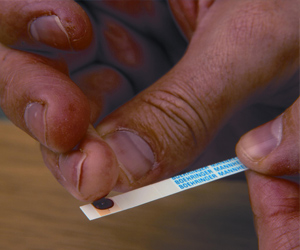Commonly used NAMDs have recently been found to have a significant impact on the bacterial composition of the gut microbiome. But the role of NAMD use as a risk factor for infection with antibiotic-resistant bacteria has not been systematically studied.
So, researchers examined data from 1,807 adults admitted to a tertiary-level academic hospital in Tel Aviv, Israel between January 1, 2017 and April 18, 2019, with a diagnosis of upper urinary tract infection, and a positive urine or blood culture growing Enterobacteriaceae. Use of 19 non-antimicrobial drug classes prior to hospital admission was retrieved from electronic medical records.
Antimicrobial drug-resistant organisms were identified in over half of patient sample. And multidrug-resistant organisms were identified in around a quarter of episodes.
Seven common drug categories was linked to an increased resistance to antimicrobial drugs–SSRIs, typical antipsychotics, Anti 10A inhibitors, PPIs, beta-blockers, antimetabolites (chemotherapy drugs) commonly used to treat cancers and inflammatory diseases.
PPI, beta-blockers and antimetabolites were significantly associated with resistance to third-generation cephalosporins, trimethoprim-sulfamethoxazole, and fluoroquinolones. Antimetabolites appeared to have the strongest impact on antibiotic resistance.
“Our findings highlight the importance of non-antimicrobial drug exposure as a risk factor for antibiotic resistance, says lead author Dr Meital Elbaz from Tel Aviv Medical Center in Israel. “We urgently need larger studies with more drug classes to confirm the discovery and to clarify the biological link between common prescription drugs and antibiotic resistance.”
The authors point out several limitations of their study including that exposure to NAMD was based on medical records, and information about dosage and duration of use was lacking. In addition, for some drugs, the number of patients was too small to achieve statistical significance.
Source: Medindia



